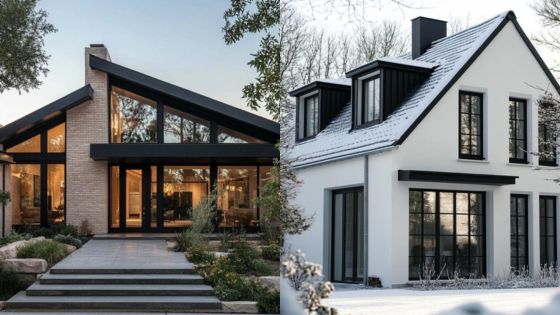
Many people see architects as expensive professionals who draw stunning pictures that drain bank accounts. The reality is far more nuanced. An architect is less like an artist with a drafting table and more like a financial strategist with a blueprint—someone who can transform your construction or renovation project from a potential money pit into a smart investment.
Whether you work with the best architects in Melbourne, London, Dubai, or even small-town Idaho, you’re likely to discover that these professionals are better at saving money than spending it.
Let’s take a look at seven of the biggest cost-saving elements they can contribute to any build.
1. Preventing Costly Design Mistakes Early
Catching design errors on paper costs pennies. Catching them after construction begins? That’s when your wallet starts to bleed out. Architects are essentially expensive mistake preventers disguised as creative professionals.
Consider a seemingly minor design oversight: an incorrectly placed window can mean thousands in additional heating and cooling costs over a building’s lifetime. An architect sees these potential pitfalls before a single brick is laid, saving you from future financial headaches that would make an accountant shudder.
2. Strategic Material Selection
Architects aren’t just selecting materials based on aesthetics. They’re conducting a complex cost-benefit analysis that takes into account the difference between upfront costs and long-term value.
A slightly more expensive insulation material might seem extravagant initially, but if it reduces your energy bills by 30% over a decade, that’s an act of simple yet ingenious financial engineering. Architects think in decades, not just design cycles.
3. Navigating Regulatory Labyrinths
Building codes and regulations are less a Byzantine maze designed to confuse us mere mortals. One misunderstood regulation can result in project delays, fines, or complete reconstruction.
Architects are your guides through this unforgiving bureaucratic hellscape. They know local building codes, understand permit processes, and can anticipate potential technical roadblocks. Their expertise prevents costly legal complications and ensures your project moves smoothly through municipal systems.
4. Maximizing Space Efficiency
An architect can optimize every centimeter of space you have available. They can design solutions that make a 100-square-meter apartment feel like a spacious retreat or a small commercial property function like a much larger environment.
Efficient design means fewer square meters to construct, heat, cool, and maintain. In this way, an architect can save you throughout the build and then throughout the entire lifecycle of the building.
5. Energy Efficiency Expertise
Modern architects are part designer, part environmental engineer. They understand how building orientation, material selection, and design can dramatically reduce energy consumption.
A strategically placed window can reduce artificial lighting needs. Proper insulation placement can cut heating costs. These aren’t mere aesthetic choices—they’re financial strategies that pay dividends over years and decades.
6. Contractor Negotiation and Project Management
Architects speak fluent contractor. They understand construction language, pricing structures, and can spot potential overcharges or unnecessary expenses. Their involvement can save you 10-20% on construction costs through strategic negotiations and rigorous project management.
Think of them as your personal construction cost-cutting consultant, minus the bland corporate PowerPoint presentations.
7. Long-Term Value Creation

Architects design for longevity, not just immediate gratification. They consider how a building will age, how maintenance costs will evolve, and how design choices impact future property value.
A well-designed space should appreciate in value, requiring minimal maintenance while remaining functional for decades. When considered this way, it’s even more clear that an architect’s input is a strategic investment.
The true value of an architect isn’t in their hourly rate, but in the money they prevent you from wasting. They’re financial professionals who happen to use design as their primary tool.
By treating architectural services as a luxury, we miss the point. An architect is less an optional aesthetic consultant and more a critical financial advisor for one of the most significant investments most people will ever make.
- 1share
- Facebook0
- Pinterest1
- Twitter0



